Home>diy>Building & Construction>What Does DOB Stand For In Construction
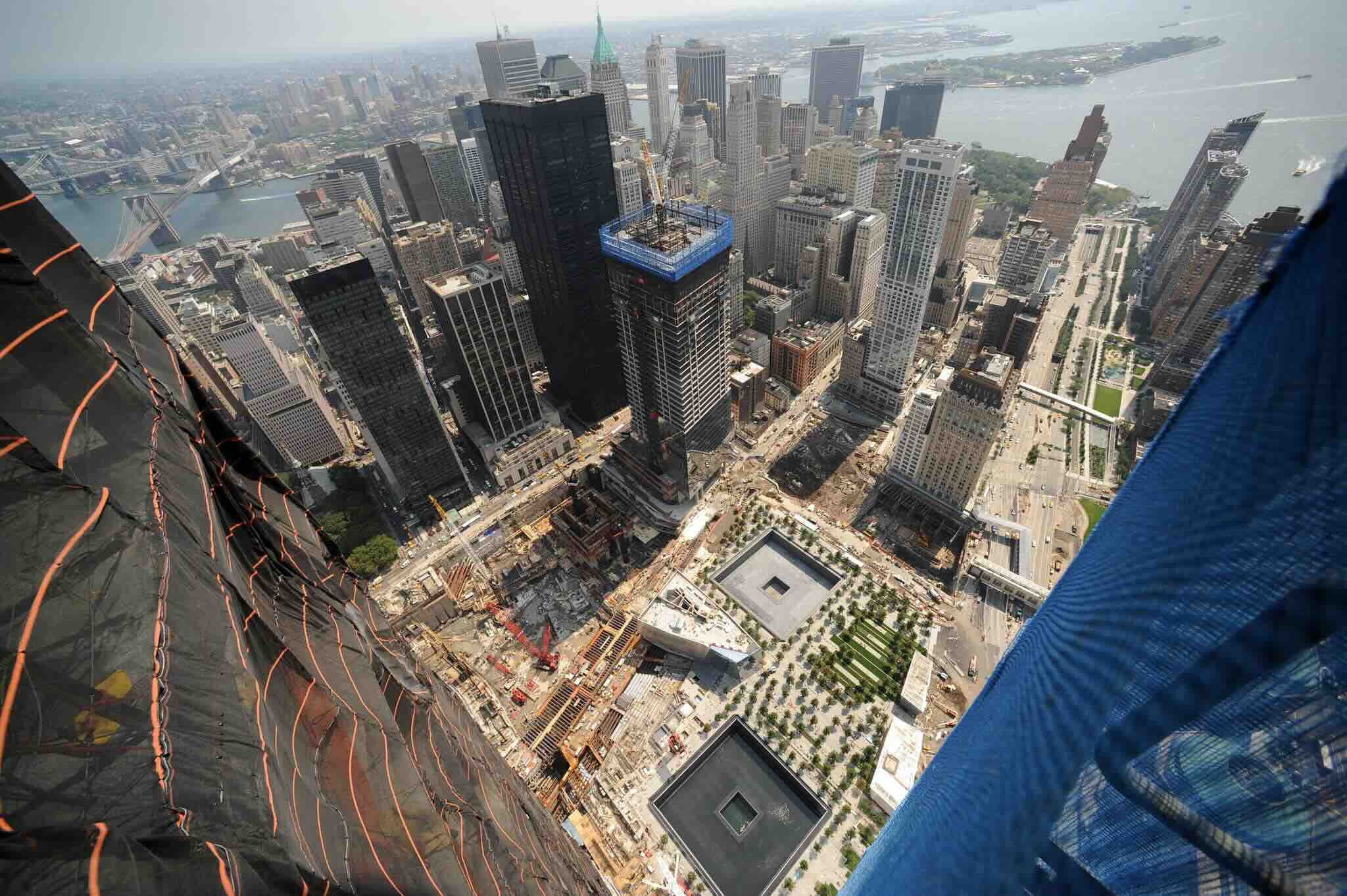

Building & Construction
What Does DOB Stand For In Construction
Modified: December 7, 2023
DOB in construction stands for Date of Birth, which refers to the day a building's construction is completed. Learn more about DOB and its significance in building construction.
(Many of the links in this article redirect to a specific reviewed product. Your purchase of these products through affiliate links helps to generate commission for Storables.com, at no extra cost. Learn more)
Introduction
Welcome to the world of construction, where building projects take shape and structures rise from the ground. In this complex industry, there are many abbreviations and acronyms that industry professionals use on a daily basis. One of them is “DOB,” which stands for the Department of Buildings.
The Department of Buildings, often referred to as the DOB, plays a crucial role in ensuring the safety, compliance, and regulation of construction projects. From small residential renovations to massive commercial developments, the DOB oversees it all, acting as the guardian of building integrity and the enforcer of construction codes.
In this article, we will explore the meaning behind DOB in construction, the responsibilities of the Department of Buildings, the importance of compliance with DOB regulations, and more. So, let’s dive in and discover the world of DOB in construction.
Key Takeaways:
- The Department of Buildings (DOB) is a crucial regulatory authority in construction, ensuring public safety, preventing property damage, and promoting professionalism through compliance with building codes and regulations.
- Compliance with DOB regulations is essential for construction professionals, fostering trust, preventing legal issues, and upholding industry standards. Prioritizing compliance creates a safe and resilient built environment for all.
Definition of DOB in Construction
The Department of Buildings (DOB) is a government agency responsible for regulating, inspecting, and approving construction projects within a specific jurisdiction. The specific name and structure of this department may vary from one location to another, such as the Department of Building Safety or the Building Department.
The DOB’s primary objective is to ensure the safety, integrity, and compliance of buildings and structures, protecting the well-being of occupants and the surrounding community. It achieves this by enforcing building codes, zoning regulations, and other construction-related laws.
The DOB acts as a central authority that oversees all aspects of the construction process, from the initial planning and permitting stages to the final inspections and approvals. It collaborates with architects, engineers, contractors, and other industry professionals to ensure that building projects meet the required standards and regulations.
By issuing permits, conducting inspections, and enforcing building codes, the DOB plays a vital role in maintaining the quality and safety of our built environment. It acts as a safeguard, ensuring that structures are constructed and maintained in a manner that protects public health, safety, and welfare.
While the specific responsibilities and scope of the DOB may differ depending on the location, the underlying goal remains consistent – to regulate and monitor construction activities to prevent accidents, protect occupants, and uphold the standards of the construction industry.
Role and Responsibilities of DOB in Construction
The Department of Buildings (DOB) in construction plays a pivotal role in maintaining safety, overseeing compliance, and regulating the construction industry. Let’s explore some of the key responsibilities that the DOB undertakes:
- Issuing Permits: One of the primary responsibilities of the DOB is to issue permits for construction projects. These permits ensure that the proposed work meets building codes, zoning regulations, and other applicable laws. The DOB carefully reviews project plans and specifications before granting permits, ensuring that they align with safety standards and adhere to engineering principles.
- Conducting Inspections: The DOB conducts inspections throughout the construction process to validate that the work is being performed in accordance with approved plans and regulations. Inspectors from the DOB visit construction sites to assess the quality of workmanship, compliance with building codes, and adherence to safety protocols. These inspections help to identify any potential hazards or deficiencies, ensuring that corrective action is taken to maintain safety standards.
- Enforcing Building Codes: The DOB enforces building codes to ensure that construction projects adhere to specific standards for structural integrity, fire safety, electrical systems, plumbing, and more. By enforcing these codes, the DOB safeguards against substandard construction practices, mitigates risks, and protects the overall well-being of occupants and the public.
- Addressing Complaints and Violations: The DOB acts as a regulatory authority for addressing complaints and violations related to the construction industry. If a property owner, tenant, or any concerned party identifies a violation, they can report it to the DOB. The department investigates these complaints and takes appropriate action, which may involve issuing violations, imposing fines, and requiring corrective measures to be taken.
- Providing Education and Outreach: The DOB is responsible for educating the public, industry professionals, and stakeholders about building codes, regulations, and best practices in construction. The department conducts educational workshops, seminars, and outreach programs to disseminate information and promote compliance. By fostering a culture of awareness and knowledge, the DOB encourages responsible construction practices and enhances safety in the built environment.
Collectively, these responsibilities showcase the indispensable role that the DOB plays in overseeing construction activities and ensuring compliance with regulations. By enforcing building codes, conducting inspections, and addressing violations, the DOB helps to create a safer and more sustainable construction industry.
DOB Inspections and Approvals
The Department of Buildings (DOB) in construction conducts thorough inspections and grants approvals throughout the construction process to ensure compliance with building regulations and codes. Let’s delve into the process of DOB inspections and approvals:
1. Pre-Construction Review: Before construction begins, the DOB reviews the plans and specifications submitted by the project team. This review ensures that the proposed work complies with building codes, zoning regulations, and other applicable laws. The DOB verifies that the design meets safety standards and engineering principles, providing a foundation for the construction to proceed.
2. Permitting: Once the plans are approved, the DOB issues construction permits. These permits outline the scope of work, approved plans, and any specific conditions that must be met. The permits serve as official authorization for construction to commence.
3. Progress Inspections: Throughout the construction process, the DOB conducts regular inspections to assess the quality of work, compliance with building codes, and adherence to safety protocols. Inspectors visit the construction site at key milestones to verify that the work is progressing as per the approved plans. They examine structural elements, electrical systems, plumbing, fire safety measures, and other critical components to ensure compliance.
4. Certificate of Occupancy (CO) Inspections: Once construction is complete, the DOB conducts a final inspection to verify that the building meets all safety standards and codes. This inspection assesses various aspects, including fire safety, egress points, utilities, and accessibility. If the building passes the inspection, the DOB awards a Certificate of Occupancy (CO), which permits the building to be occupied or used for its intended purpose.
5. Approval and Sign-offs: In addition to inspections, the DOB handles various sign-off procedures, such as plumbing sign-offs, electrical sign-offs, and elevator sign-offs. These processes involve ensuring that the installed systems and components meet code requirements. The DOB grants approval for each system, ensuring compliance and safety.
6. Special Inspections: Depending on the nature of the construction project, the DOB may require special inspections. Special inspections involve engaging licensed professionals to perform specialized inspections for critical components such as structural elements, foundations, and fireproofing systems. These inspections provide additional assurance of compliance with engineering specifications and code requirements.
Through the meticulous process of inspections and approvals, the DOB acts as a safeguard, ensuring that construction projects adhere to safety standards, building codes, and regulations. This oversight helps to protect the well-being of occupants and the public, providing assurance that structures are safe, reliable, and compliant.
DOB stands for Department of Buildings. In construction, it refers to the government agency responsible for regulating building codes and issuing permits. Always check with the local DOB for compliance before starting any construction project.
DOB Violations and Penalties
The Department of Buildings (DOB) in construction takes violations of building codes and regulations seriously. When a violation is identified, the DOB takes appropriate action to ensure compliance and promote public safety. Let’s explore DOB violations and the potential penalties associated with non-compliance:
Types of Violations: DOB violations can range from minor infractions to serious safety hazards. Some common types of violations include:
- Failure to obtain proper permits before commencing construction
- Non-compliance with building codes and regulations
- Unsafe construction practices leading to potential hazards
- Incomplete or incorrect documentation
- Violation of zoning regulations
Issuing Violations: When a violation is identified, the DOB issues a violation notice to the responsible party, usually the property owner or contractor. The notice outlines the specific violation and provides a timeline for rectification. In some cases, a monetary penalty may be included along with the notice.
Penalties: The penalties for DOB violations vary depending on the severity of the violation, the potential risks involved, and the jurisdiction. Penalties can range from fines to enforcement actions, such as work stoppages, license suspensions or revocations, and even criminal charges in extreme cases. The amount of the fine can also vary, with higher fines imposed for repeat offenders or serious violations that pose immediate safety risks.
Resolving Violations: Upon receiving a violation notice, it is crucial for the responsible party to take immediate action to rectify the violation. This may involve obtaining necessary permits, making necessary repairs or modifications, and demonstrating compliance with building codes and regulations. Once the violation is resolved, the DOB will conduct a re-inspection to ensure that proper corrective measures have been implemented.
Importance of Compliance: Compliance with DOB regulations is vital to maintaining the safety and integrity of the built environment. Non-compliance with building codes and regulations can lead to hazardous conditions, compromise structural integrity, and put occupants’ lives at risk. It is essential for property owners, contractors, and construction professionals to prioritize compliance and adhere to the guidelines set forth by the DOB.
Appeals Process: In cases where individuals or organizations believe that a violation has been issued in error or find the penalty unjust, they may have the option to appeal the violation. The appeals process allows for a review of the violation and the opportunity to present evidence or arguments to contest the violation or penalty.
By enforcing violations and imposing penalties, the DOB acts as a deterrent for non-compliant construction practices, ensuring that building projects meet safety standards and adhere to regulations. This helps to create a safer and more secure built environment for all.
Read more: What Does TV Stand For In Television
Importance of Compliance with DOB Regulations
Compliance with Department of Buildings (DOB) regulations is of utmost importance in the construction industry. Adhering to these regulations benefits not only the construction professionals involved but also the general public and the overall integrity of the built environment. Let’s explore the importance of compliance with DOB regulations:
Safeguarding Public Safety: The primary goal of DOB regulations is to ensure public safety. Building codes and regulations are designed to protect occupants and the surrounding community from potential hazards. Compliance with these regulations ensures that construction projects are executed in a manner that minimizes risks, such as fire hazards, structural failures, or electrical malfunctions.
Preventing Property Damage: Non-compliance with DOB regulations can lead to compromised structural integrity and potentially cause significant property damage. By adhering to these regulations, construction professionals can ensure that buildings are constructed and maintained to withstand environmental factors, ensuring their longevity and reducing the risk of costly repairs and damage.
Enhancing Building Performance: DOB regulations encompass various aspects, including energy efficiency, accessibility, and fire safety. Compliance with these regulations allows for the development of buildings that are sustainable, accessible to all individuals, and equipped with adequate fire prevention measures. It ensures that buildings perform optimally and meet the needs of the occupants, while also contributing to environmental sustainability.
Facilitating Smooth Project Execution: By following DOB regulations, construction professionals can prevent potential delays, complications, and legal issues during the construction process. Compliance reduces the likelihood of fines, work stoppages, or enforcement actions that can hinder project progress. It also helps to build a positive reputation and fosters a sense of professionalism in the industry.
Maintaining Industry Standards: Compliance with DOB regulations contributes to maintaining industry standards and upholding the integrity of the construction profession. It ensures that all parties involved, including designers, contractors, and subcontractors, adhere to best practices and work towards a common goal of quality and safety. Compliance also promotes fair competition and ensures a level playing field in the industry.
Building Trust and Confidence: Compliance with DOB regulations instills trust and confidence in both clients and the general public. Property owners and occupants have peace of mind knowing that the building they inhabit or interact with meets safety standards. Compliance also demonstrates a commitment to professionalism and ethical business practices, fostering positive relationships and long-term partnerships.
Legal and Ethical Obligations: Construction professionals have a legal and ethical responsibility to comply with DOB regulations. They have a duty to protect the well-being of the public and should prioritize safety above all else. Non-compliance can lead to legal repercussions, liability issues, and tarnished professional reputations.
By recognizing the importance of compliance with DOB regulations, construction professionals can ensure that their projects contribute to the creation of safe, sustainable, and resilient built environments. Compliance not only benefits stakeholders directly involved in the construction process but also promotes the well-being and safety of the broader community.
Conclusion
The Department of Buildings (DOB) plays a crucial role in the construction industry, overseeing the safety, compliance, and regulation of building projects. Understanding the significance of DOB in construction is essential for all industry professionals and stakeholders involved in the building process.
From issuing permits and conducting inspections to enforcing building codes and addressing violations, the DOB safeguards the integrity and safety of our built environment. Compliance with DOB regulations is paramount, as it protects public safety, prevents property damage, enhances building performance, and upholds industry standards.
The DOB’s focus on public safety ensures that buildings are constructed and maintained to withstand potential hazards and meet the needs of occupants. Adhering to DOB regulations also facilitates smooth project execution, prevents delays, and mitigates legal issues that can arise during construction.
Moreover, compliance with DOB regulations promotes professionalism, trust, and confidence among clients and the public. It reflects a commitment to ethical practices and helps maintain industry standards. Construction professionals have a legal and ethical obligation to prioritize compliance, as it not only ensures safety but also protects them from liability and reputational damage.
In conclusion, the Department of Buildings is a vital entity in the construction industry, working tirelessly to ensure the integrity and safety of our built environment. Compliance with DOB regulations is indispensable for all construction professionals, as it promotes public safety, prevents property damage, and upholds industry standards. By prioritizing compliance, we can create a sustainable, resilient, and safe built environment for present and future generations.
Frequently Asked Questions about What Does DOB Stand For In Construction
Was this page helpful?
At Storables.com, we guarantee accurate and reliable information. Our content, validated by Expert Board Contributors, is crafted following stringent Editorial Policies. We're committed to providing you with well-researched, expert-backed insights for all your informational needs.

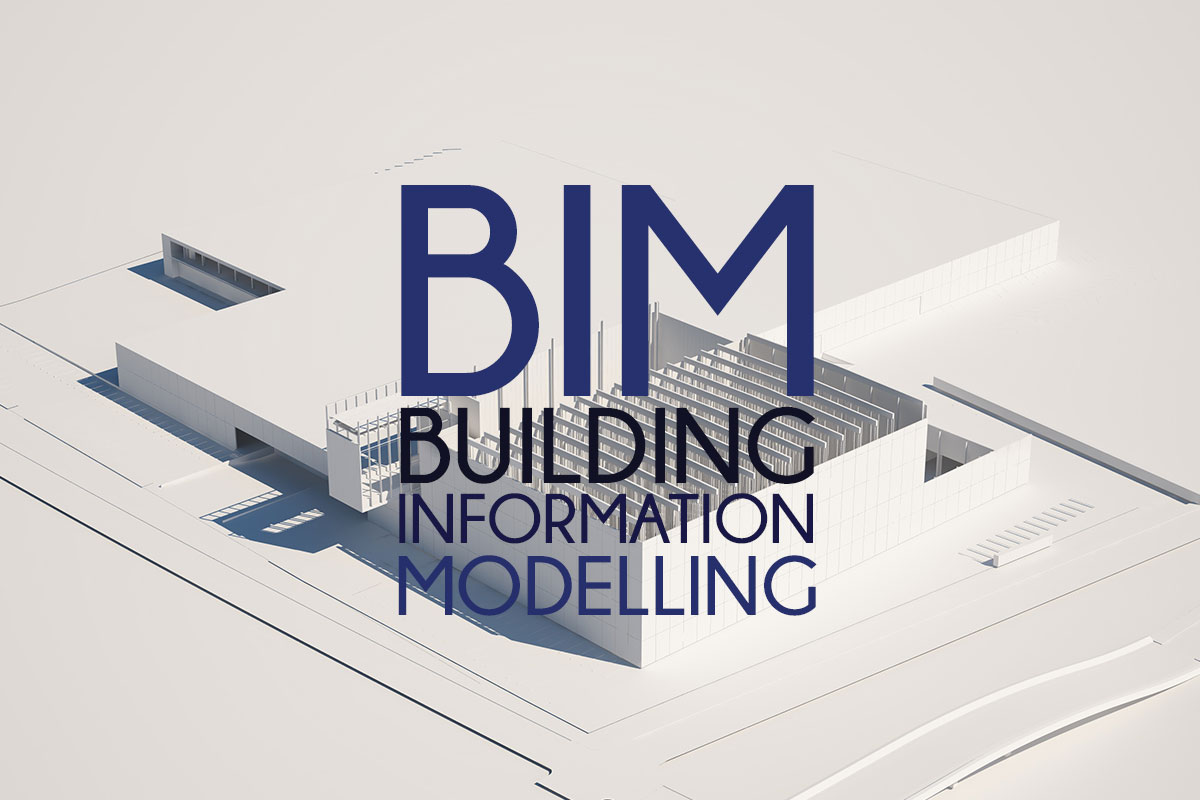



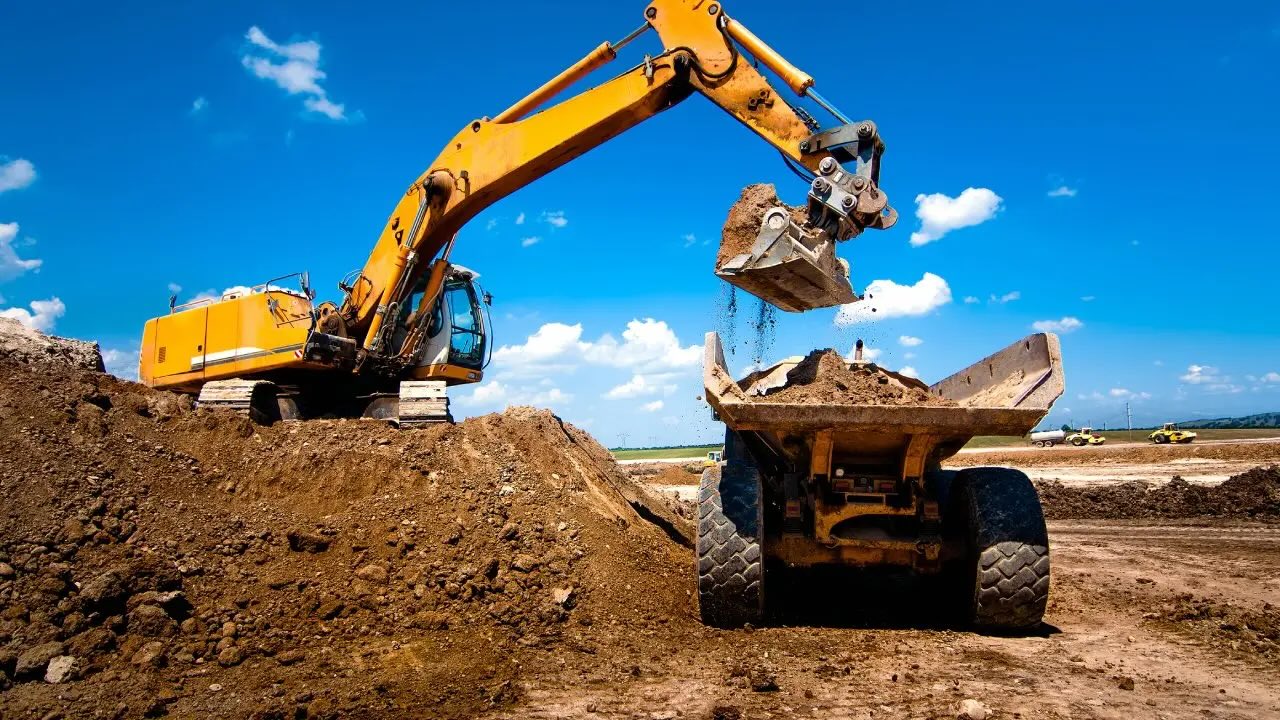


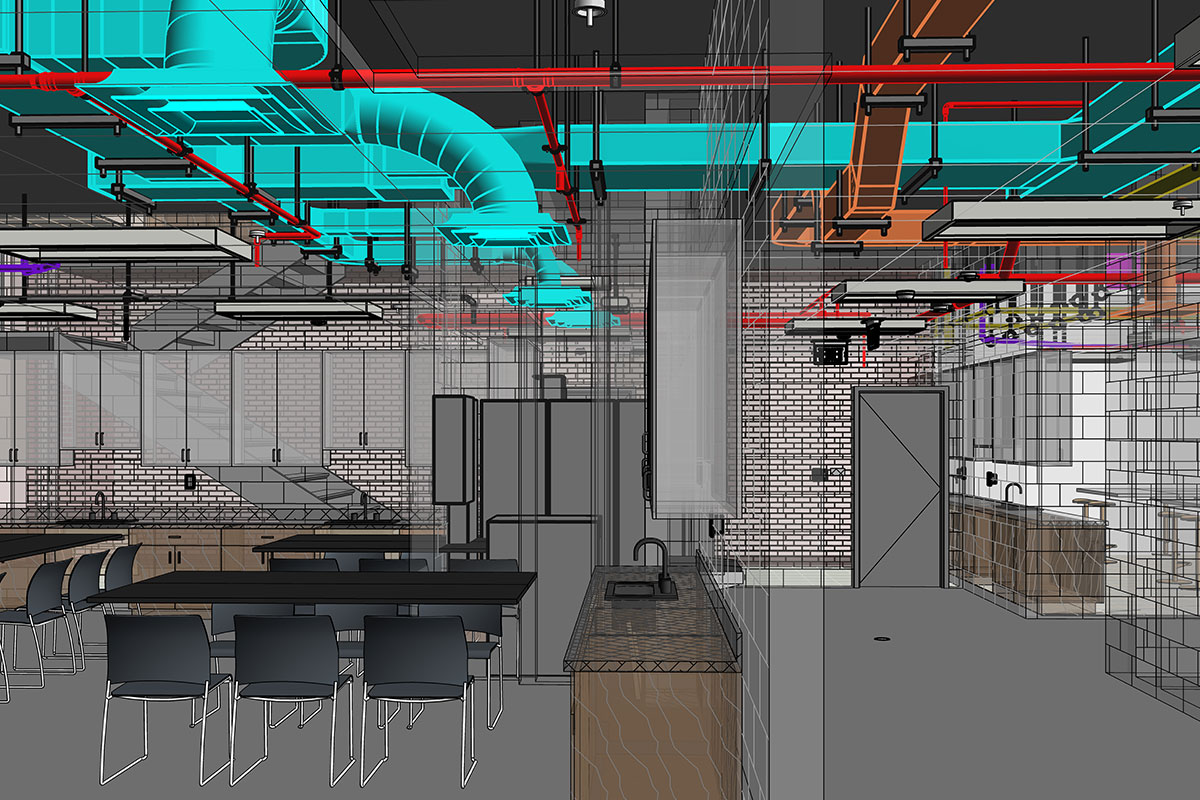
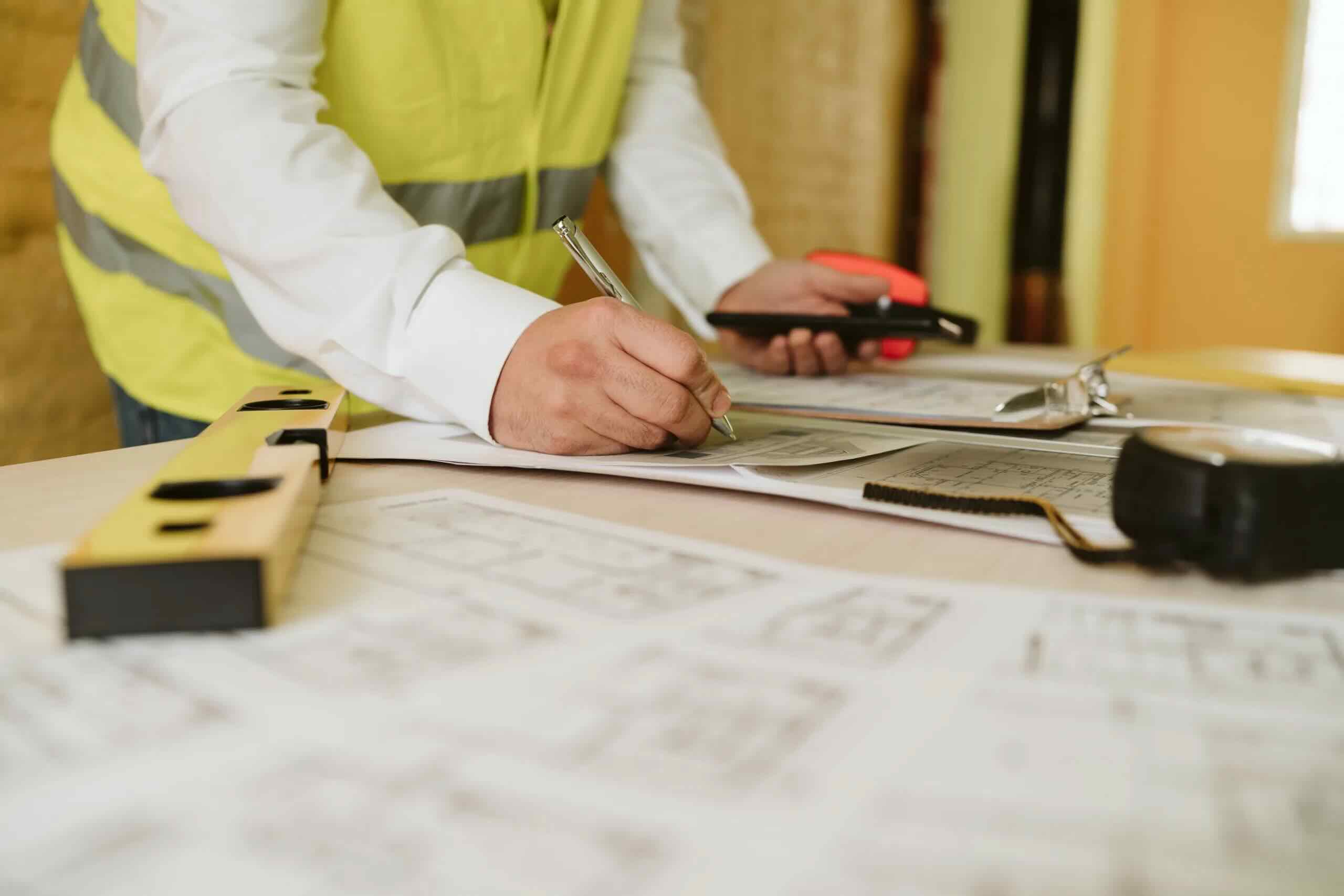

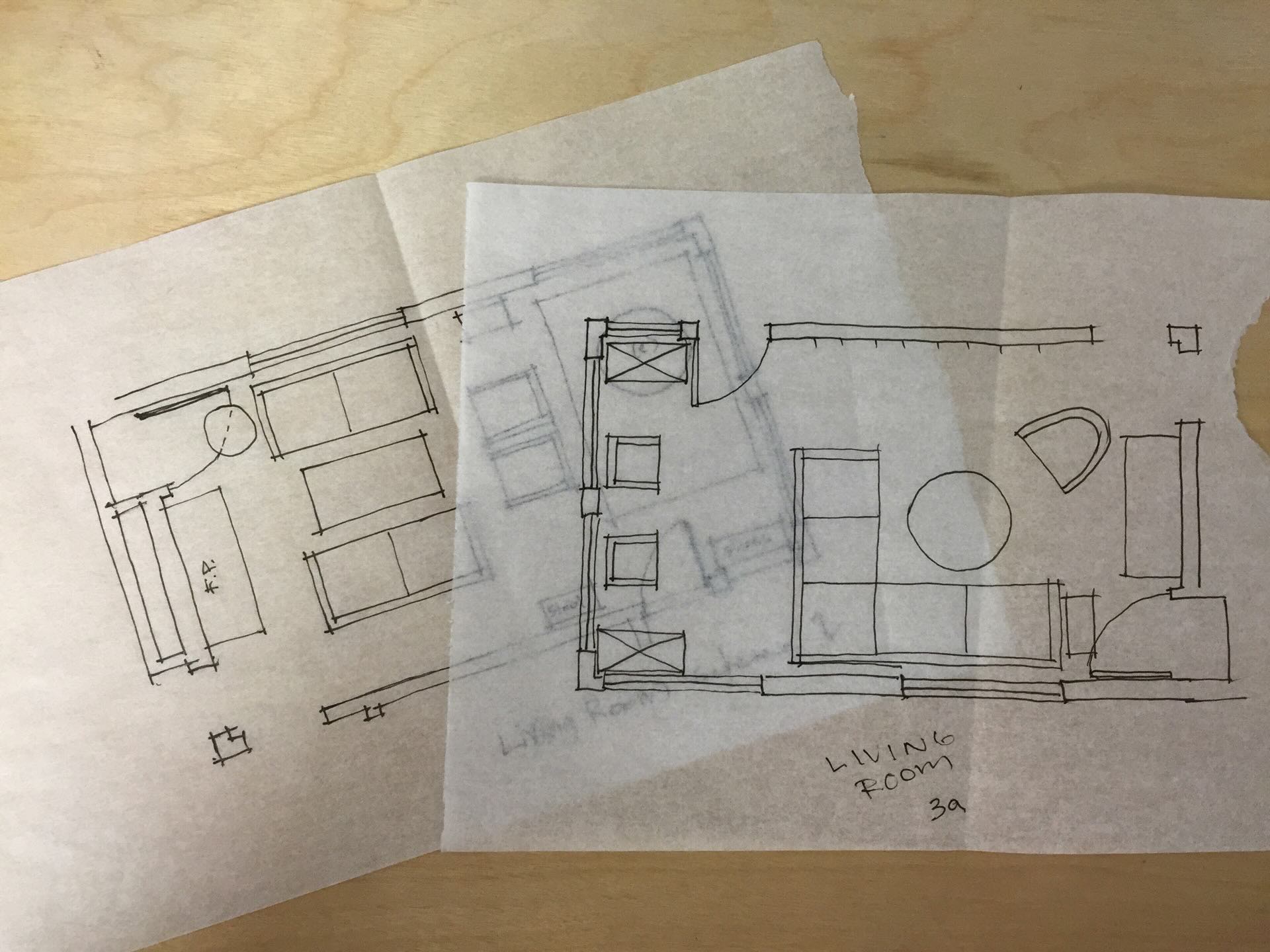
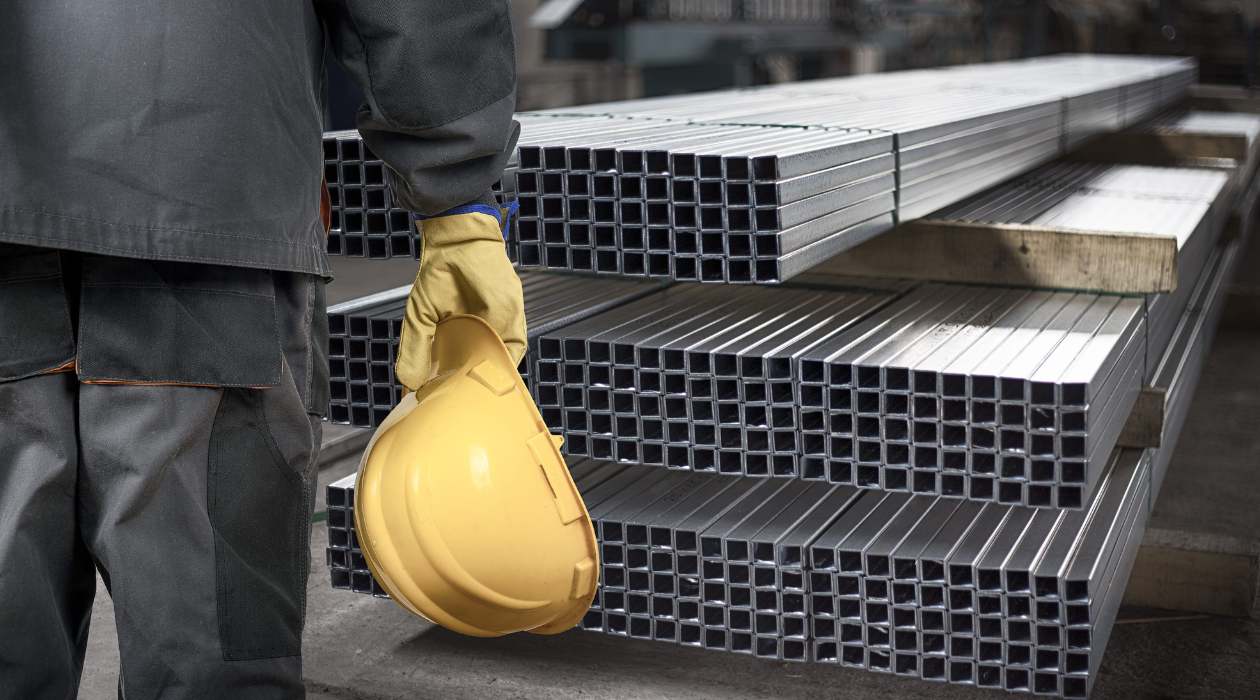


0 thoughts on “What Does DOB Stand For In Construction”